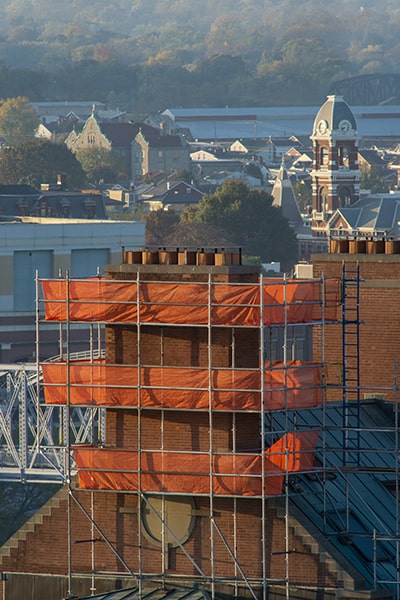

Some of the recent contributions of the technology include the fabrication of complex spinal implants, bolus, and phantoms for radiotherapy. The use of 3D printing technology in biomedicine is reported often. We successfully implanted the esophageal tubular structure into rats and found that it was well engrafted with its inner luminal surface fully covered by epithelial cells.” The authors state in the paper, “The present study demonstrates the feasibility of using these structures for esophageal transplantation therapy. After the surgery, all the rats used in the study survived and none of them showed any complications. The scaffold-free structures were then transplanted between the esophagus and the stomach of the rats, supported by silicon stents. The Regenova is a “needle-array” system, whose stainless steel needles act as a skewer for the individual cell spheroids until the cells are fused together. To generate MCS, the researchers used a 9×9 needle Regenova bio 3D printer by the Tokyo-based company Cyfuse Biomedical. The MCSs were made of a mixture of human esophageal muscle cells, bone marrow stem cells, and umbilical vein cells. In the recent study, the scientists used MCS method to create esophageal structures and transplanted them into 10 to 12-week old F344 male rats. Once the MCS’s are formed they are used as bioink. These cells come together due to a survival mechanism. In MCS method, distinctive cells are nurtured in a nonadhesive environment to allow individual cells to attach to each other. The researchers used a technique called spheroid cell aggregates or multicellular spheroid (MCS) to generate esophageal tissue structures. This work is built on the foundation laid in an earlier study called, In Vitro Biofabrication of tissues and organs, conducted at Saga University. To counter such problems in regenerative medicine, the Japanese researchers 3D printed scaffold-free structures to create tissue for transplantation. Scaffold materials must be non-toxic, capable of maintaining mechanical properties required for tissue growth in the long term, and they should not induce an immune response. In addition to this, scaffold-based treatments are also limited by materials that can be used to create scaffolds. Photo via BCN3D/University of Gironaĭespite the benefits of scaffold tissue regeneration, problems, such as immunogenicity, scaffold degradation , and immune response, can occur. Examples of 3D printed PLA scaffolds used in biomedicine. In contrast, scaffold-based transplantation harvest the cells from the patients own body. Furthermore, in allotransplantation, as an organ is harvested from an external donor, the body may reject the transplant. The benefit of such a method of transplantation against allotransplantation is that it does not rely on non-identical donors, who may not always be available. In tissue engineering and regenerative medicine scaffold-based solutions have been the norm. Scaffold-based transplantation usually involves three steps, finding a source of stem cells from patients, seeding the cells onto the scaffold that promotes cell proliferation, and lastly, surgically implanting the scaffold tissue inside the patient. Scaffolds, in tissue engineering, refers to extracellular structures made of biomaterials which are used for seeding cells. The findings of the research were published in the paper titled, Regeneration of esophagus using a scaffold-free biomimetic structure created with biothree-dimensional printing.Īccording to the paper, the results show that “the esophagus-like scaffold-free tubular structures created using bio-3D printing could hold promise as a substitute for the repair of esophageal defects.” A graphical representation of the experiment. Researchers from Nagasaki University and Saga University have collaborated to create scaffold-free esophageal structures with 3D bioprinting.


 0 kommentar(er)
0 kommentar(er)
